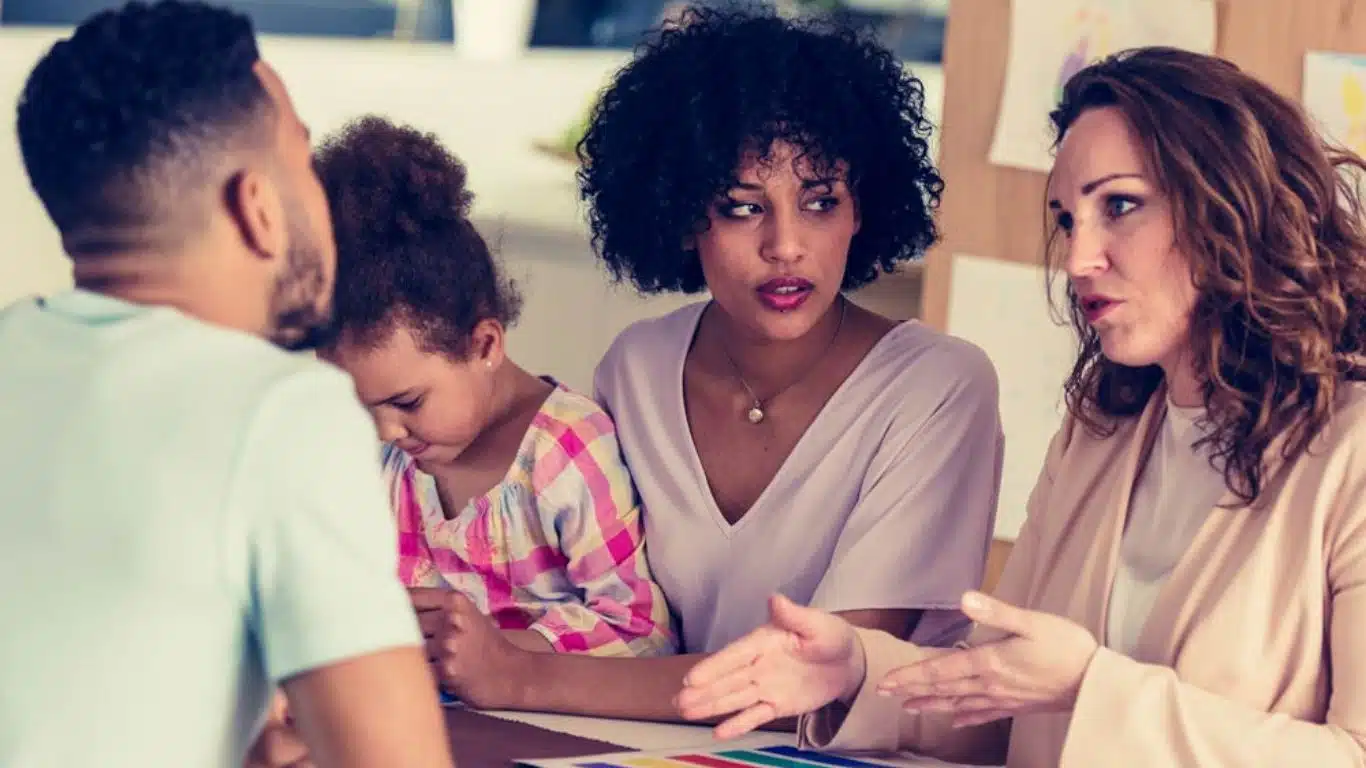Teaching in the modern classroom can be a rewarding but also challenging profession. With the increasing diversity of student populations and the rapid pace of technological and societal change, teachers must navigate a wide range of challenges to educate effectively and support their students. Some of the challenges faced by teachers in the modern classroom include:
Challenges Faced by Teachers in the Modern Classroom
Managing diverse classroom

Managing diverse classrooms can be a challenge for teachers, as they may have students with a wide range of abilities, learning styles, and cultural backgrounds in their classrooms. This can make it difficult for teachers to design lessons and assessments that meet the needs of all students. To accommodate diversity in their classrooms, teachers can use strategies such as differentiating instruction, creating a positive classroom culture, providing multiple ways for students to demonstrate learning, using a variety of teaching methods, using culturally responsive teaching, and seeking professional development. By using these strategies, teachers can create a more inclusive and supportive learning environment for all students.
Providing adequate support for students with special needs

It is an important challenge faced by many teachers in the modern classroom. Students with special needs may include those with learning disabilities, physical disabilities, or other challenges that impact their ability to access the curriculum and succeed in school. To support these students, teachers may need to provide additional support and accommodation in the classroom. Some strategies that teachers can use to provide adequate support for students with special needs include understanding and following the student’s individualized education plan (IEP) or 504 plan, providing alternative ways of accessing information, modifying assignments and assessments, seeking additional resources and support, and collaborating with parents and other professionals. By using these strategies and working collaboratively with the student, their parents, and other professionals, teachers can help ensure that students with special needs have the support and accommodations they need to succeed in school.
Incorporating technology

This is a challenge for teachers, especially if they are not familiar with the technology or if their students do not have access to the necessary devices. This challenge is particularly pressing as many schools and districts are increasing their use of technology in the classroom, expecting teachers to integrate it into their teaching practices. To effectively incorporate technology in the classroom, teachers can seek professional development opportunities to learn more about the tools and resources available, start small and gradually increase their use of technology, consider the needs and abilities of their students when choosing which technologies to use, ensure that students have access to the necessary devices, and use technology to support learning rather than replacing traditional teaching methods. By using these strategies, teachers can effectively incorporate technology in the classroom and enhance learning for their students.
Managing time

With a limited amount of time to cover a large and often complex curriculum, teachers must find ways to balance the needs of all students and ensure that everyone is able to learn and make progress. Some strategies that teachers can use to manage their time and balance the needs of all students include planning ahead, prioritizing the most important concepts and skills, using class time efficiently, using formative assessment, and collaborating with colleagues. By using these strategies and being mindful of their own time management skills, teachers can effectively manage their time and cover the curriculum while meeting the needs of all students.
Handling behavior issues

When students have behavioral problems or are disruptive in class, it can be difficult for teachers to manage the situation and maintain a positive learning environment for all students. To handle behavior issues effectively, teachers can establish clear expectations and rules, use positive reinforcement, address issues as they arise, use preventative measures, and seek additional support if needed. By using these strategies and being consistent and firm, teachers can effectively handle behavior issues and create a positive and respectful learning environment for all students. It is important for teachers to recognize that behavior issues may arise for a variety of reasons, and to approach the situation with patience and understanding, while also setting clear boundaries and expectations for student behavior.
Meeting the expectations of parents, administrators, and the community

Teachers may feel pressure to meet the expectations of a variety of stakeholders, including parents, administrators, and the community, and may feel overwhelmed trying to balance these expectations with the needs of their students. To meet the expectations of these stakeholders effectively, teachers can regularly communicate with them, set clear goals and expectations for their students, seek feedback and input, and seek support from colleagues and the school. By using these strategies and being proactive in their communication and collaboration with parents and other stakeholders, teachers can effectively meet the expectations of these groups while also focusing on the needs of their students. It is important for teachers to recognize that meeting the expectations of these stakeholders is an important part of their job, but that their primary focus should always be on the needs and well-being of their students.
Staying current with best practices

With the rapid pace of educational research and the development of new teaching approaches and technologies, teachers may feel pressure to stay current with the latest findings and best practices to provide the best possible education for their students. However, they may not have the time or resources to do so. To effectively stay current with best practices, teachers can seek out professional development opportunities, participate in online communities, read educational research and journals, and collaborate with colleagues. By using these strategies and trying to stay current with best practices, teachers can ensure that they are providing the best possible education for their students and staying up-to-date with the latest developments in the field.
Dealing with larger class sizes

It can be difficult to give individual attention to all students and meet the needs of each student in a large group setting. To effectively deal with larger class sizes, teachers can use formative assessment to gauge student understanding and identify areas where students may need additional support, differentiate instruction to meet the needs of all students, use technology to provide additional support and allow for more individualized learning, utilize resources and support staff to provide additional support, and collaborate with parents to ensure that students are getting the support they need at home.
By using these strategies and being proactive in identifying and addressing the needs of their students, teachers can effectively deal with larger class sizes and ensure that all students can learn and make progress. It is important for teachers to recognize that larger class sizes may present additional challenges, but that with the right strategies and support, they can still effectively meet the needs of their students.
Coping with personal and professional stress

Teaching can be a demanding and stressful profession, and it is important for teachers to find ways to manage their stress and maintain a healthy work-life balance. Some strategies that teachers can use to cope with stress include practicing self-care, seeking support from colleagues, friends, and family, setting boundaries around their work and personal life, seeking out opportunities for relaxation and enjoyment, and seeking additional resources and support. By using these strategies and being proactive in managing their stress and maintaining a healthy work-life balance, teachers can effectively cope with the demands and stresses of the profession and continue to be effective and dedicated educators.
Managing virtual or hybrid classrooms

With the rise of online learning and hybrid models, teachers may have to adapt to teaching in virtual or partially virtual environments, which can be challenging if they are not familiar with the technology and tools needed for this type of teaching. To manage virtual effectively or hybrid classrooms, teachers can seek professional development opportunities, start small and gradually increase their use of technology, consider the needs and abilities of their students, use technology to support learning, and seek support from colleagues and the school.
By using these strategies and being proactive in seeking support and learning about the technology and tools needed for virtual or hybrid teaching, teachers can effectively manage virtual or hybrid classrooms and provide a high-quality learning experience for their students. It is important for teachers to recognize that virtual or hybrid teaching may present additional challenges, but that with the right strategies and support, they can still effectively meet the needs of their students and provide a high-quality education.
Also read : 10 Teachers with Unique Ways of Teaching





